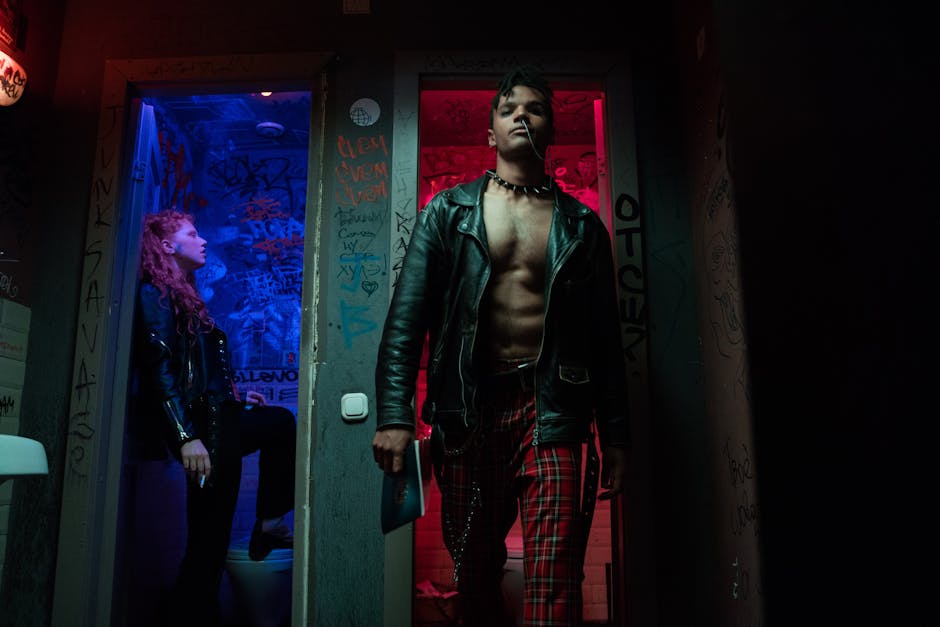
Unconventional Narrative Structures
Welcome to our blog post on unconventional narrative structures! Whether you're a bookworm or a movie enthusiast, you'll surely find this topic intriguing.
Unconventional narrative structures break away from the traditional linear storytelling format and offer unique ways to engage the audience. They challenge the norms and create a fresh perspective on storytelling. Let's dive in and explore some examples!
1. Nonlinear Narratives
Nonlinear narratives present the story in a non-chronological order, jumping back and forth in time. This creates a puzzle-like experience for the audience, as they gradually piece together the fragments of the story. Christopher Nolan's film Memento is a brilliant example of this.
2. Multiple Perspectives
Some narratives offer different viewpoints of the same story, allowing the audience to see events from various characters' perspectives. This enriches the storytelling experience and reveals different layers of the narrative. The novel Cloud Atlas by David Mitchell beautifully explores this concept.
3. Experimental Formats
Artistic experimentation often leads to unconventional narrative structures. These narratives can take various forms, including epistolary novels, fragmented narratives, or even interactive storytelling experiences like The Stanley Parable.
Unconventional narrative structures have the power to captivate audiences and challenge the boundaries of storytelling. They open up new possibilities for artistic expression and offer fresh perspectives on familiar stories. So, next time you're looking for an exciting read or an unconventional film, give these narratives a try!
